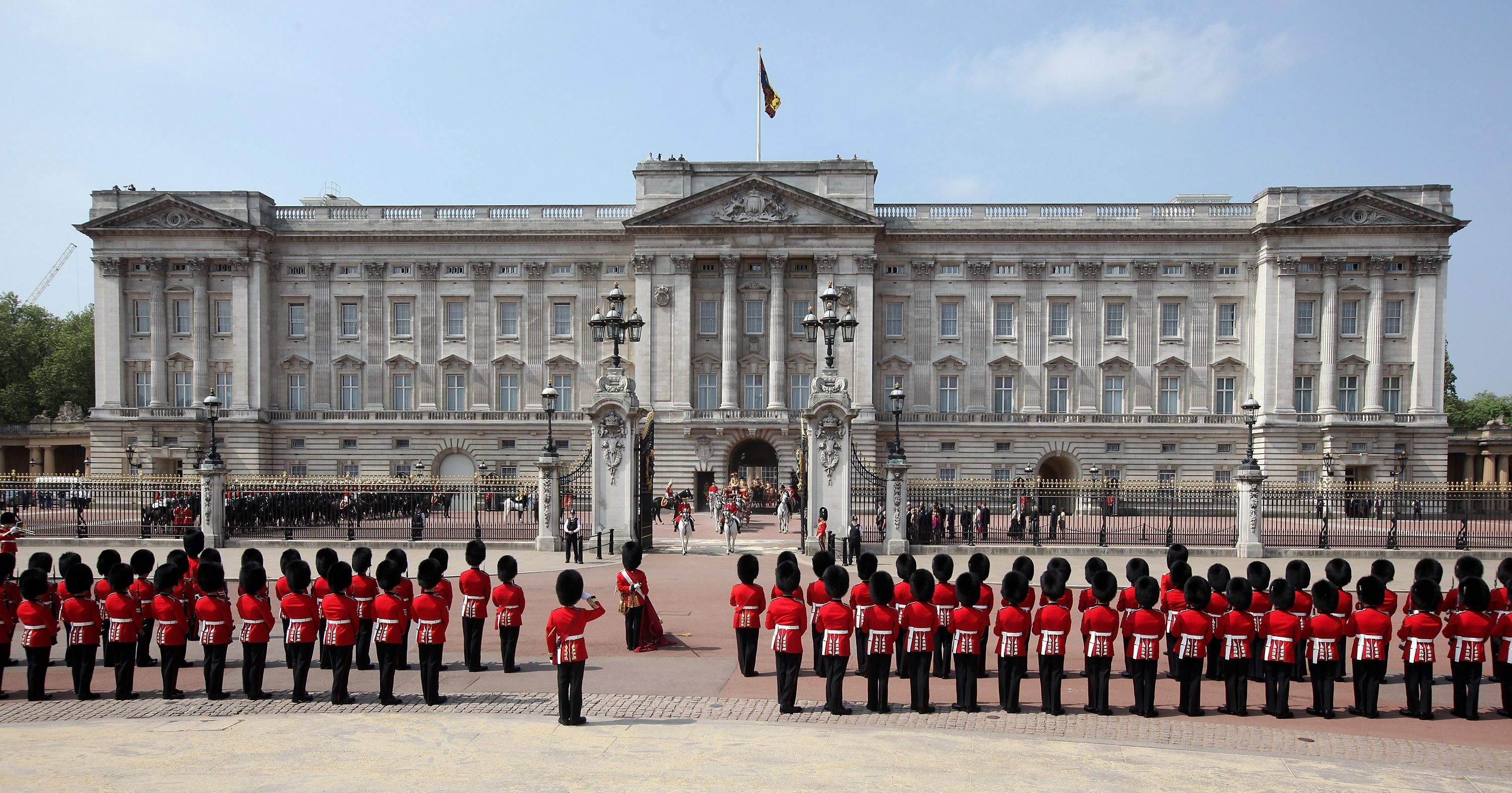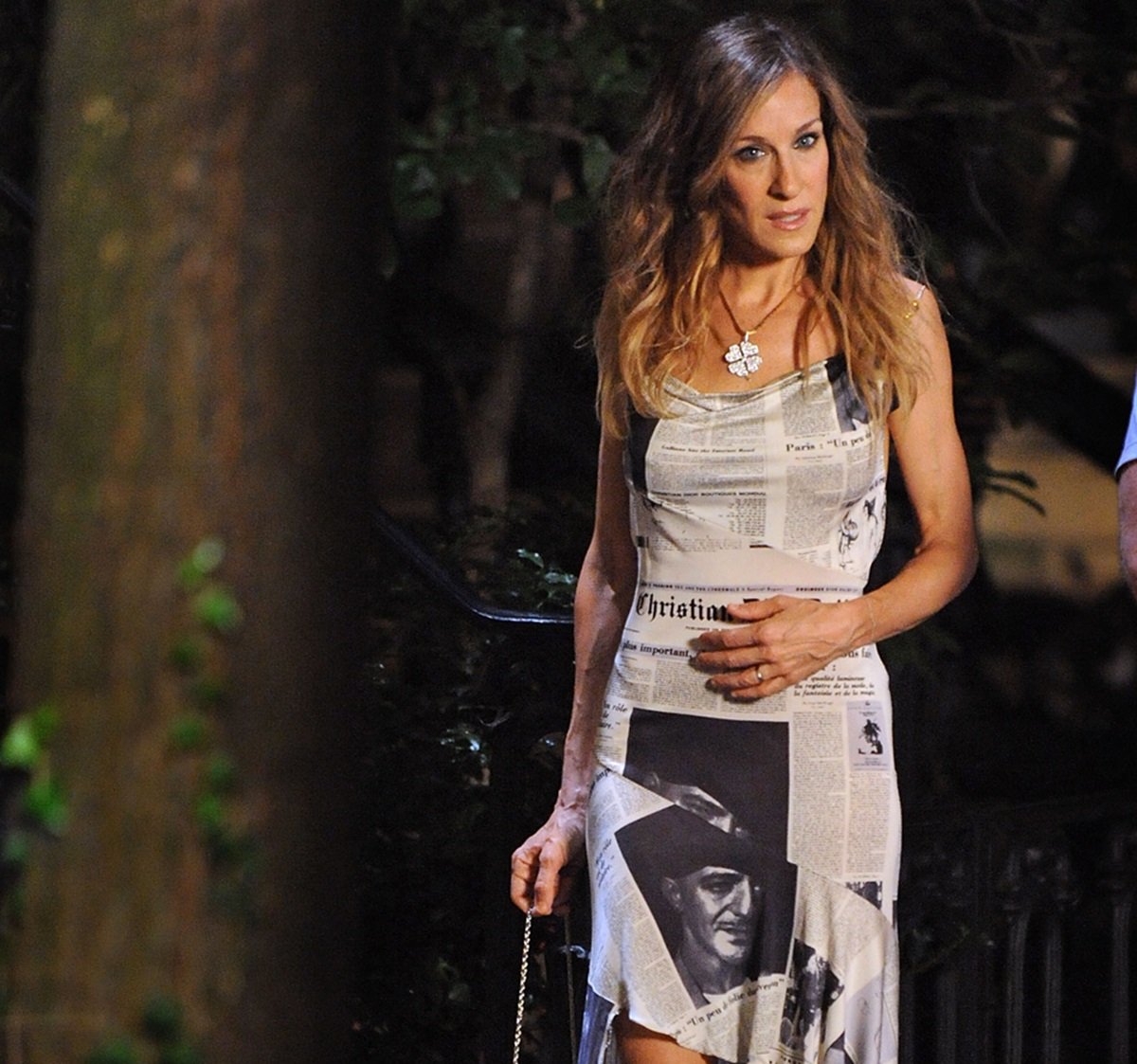What Rules Do Buckingham Palace Guards Have to Follow?

The mystery and intrigue of a Buckingham Palace Guard have fascinated and generated significant curiosity from visitors and Anglophiles throughout the world. For the most part, people seem to have more questions than answers about the mystique surrounding guards’ pomp and circumstance.
Palace guards are held to a certain set of rules and standards. Some are in place for security reasons, while others will make you question why the rule was established in the first place. The Queen’s Guards have been in place since 1660, according to The British Royal Family and are part of the Household Division. The Queen’s Foot Guards are the stoic looking men who guard Buckingham Palace and St. James’s Palace in London.
Although the Queen’s Guards includes 36 soldiers and three officers, only four guards stand outside the palace when the Queen is home and two stand guard when she is away. Guards perform a ritual, called Changing the Guard, in front of Buckingham and St. James’ Palace on an ongoing basis. Why do they do that and what are other rules guards must follow?
Changing the Guard origin
Changing the Guard originated 520 years ago when the elite infantry performed the ceremony at the Palace of Whitehall, but the ceremony was eventually moved to St James’s Palace. Once Queen Victoria moved to Buckingham Palace in 1837, the ceremony remained at St. James’s Palace and Buckingham Palace.
Currently, the main ceremony is performed at Buckingham Palace. When the Queen is in residence, the Royal Standard flag flies above the palace. That also means more guards are involved in the ceremony.
This is the reason why they wear a Bearskin hat
The original reason why the Queen’s Guard wears a Bearskin hat was to make the guard look taller and more intimidating. Hats are made from real bear fur even though at one point the palace tried synthetic fur, according to Reader’s Digest. The colors from the synthetic fur ran easily so the palace switched back to real fur.
Not only are the hats made from fur, which can be hot, but they are also heavy. Weights range anywhere from four and a half to nine pounds. When the hat gets wet it only gets heavier.
They wear black pants for this embarrassing reason
Because guards are expected to stay at their post no matter what, they are given black pants in case they can’t make it to the toilet in time, according to News.com. In fact, a Reddit user said one guard was amid a ceremony and, “(He) couldn’t hold it any longer. He was on the front row and left a huge obvious puddle where he was and some of the crowd noticed and started laughing.”
By keeping the pant color dark and using thick wool, guards are less likely to display any unforeseen accidents.
Can women be the Queen’s Guards?
Women are not allowed to serve in close combat units in the British Armed Army, according to Changing the Guard.com. This rule is expected to change and women should be able to join infantry units toward the end of 2018. Currently, women can serve in combat support units like artillery, engineers, air support, and logistic support.
Queen’s Guards must pass a test
Recruits must pass the British Army Recruit Battery test (or BARB) before joining, according to Reader’s Digest. The 30- minute, computer-based test measures problem solving and analytical skills. The test also examines the recruit’s ability to adapt to suitable roles in the British Army.
Guards must faint a certain way
If a guard feels faint, he must pass out while still remaining at attention, according to News.com. This is called “faint to attention,” which is why images of guards laying face down exist.
Guards are supposed to remain still
While on guard, the Queen’s Guards are not supposed to move, however, they can march up and down the street after remaining still for at least 10 minutes, according to the British Royal Family. Guards are on duty for two hours and off duty for four hours.
Smiling can cost a guard
Wonder why you never see a Queen’s Guard smile? One big reason may financial, according to News.com. If a superior catches a guard smiling or laughing he may be fined anywhere from a few days to up to a week’s pay. That shakes out to about $355.
Guards are not to be touched
Try to touch a guard and you’ll get an ear full. One tourist tried this and got blasted, The Huffington Post reports. One guard explained what happens if you touch a guard. “You are allowed to get them away by shouting warnings at them. If they fail to move away or start to act aggressively we present our bayonets… to remind them that we can do more harm than them. But usually the police are quick and remove trouble makers,” he posted to Reddit wrote. “People should not go and try to provoke the guards. It’s just not respectful.”
Check out The Cheat Sheet on Facebook!



